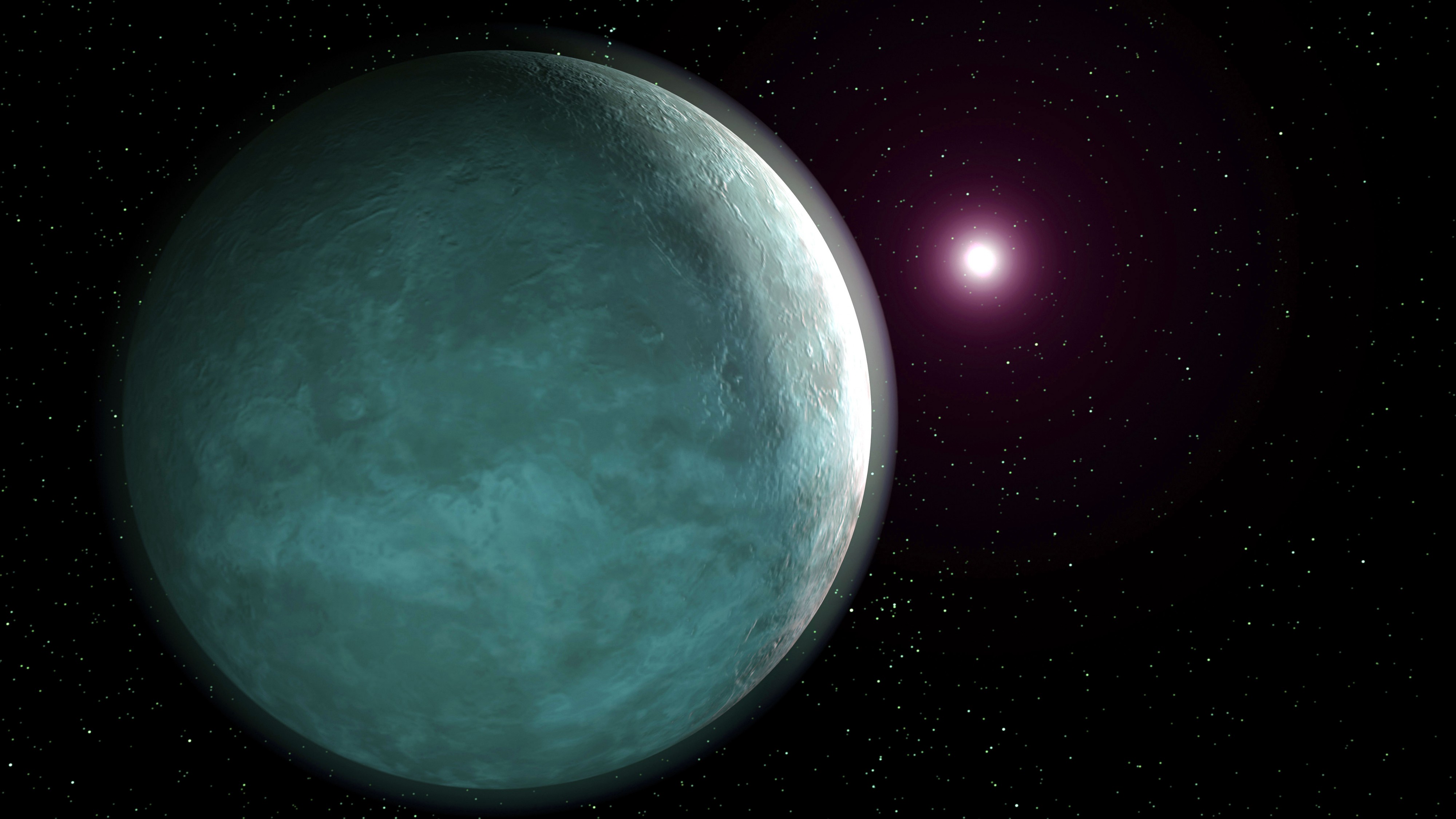Please login in order to download photos in full size
If you are not registered, please register for free: www.Free-Photos.biz/register
Please note to download premium images you also need to join as a free member..
You can also save the photos without the registration - but only in small and average sizes, and some of them will have the site's watermark. Please simply click your right mouse button and save the image.
Please login in order to like photos
If you are not registered, please register for free:
Sorry, non-members can download up to 1100 full-size photos per month.
It looks like you have used up your limit.
Free members can download an unlimited number of full-size photos - including the premium free photos.
Join as a member today for FREE! - and download the images without limitations:
www.Free-Photos.biz/membership.php
You can also save the images without the membership - but only in small and average sizes, and some of them may have the site's watermark. Please simply click your right mouse button and save the image.

|
This is a premium free photo
This photo was viewed 51 times and was downloaded in full size 15 times.
This photo was liked 0 times
If you are a member, please login in order to see the source link of the above image.
Summary
| Description |
English: Artist's conception of the newly discovered planet MOA-2007-BLG-192L b orbiting a brown dwarf "star" with a mass of only 6 percent of that of the Sun. Theory suggests that the 3-Earth-mass planet is made primarily of rock and ice. Observational and theoretical studies of brown dwarfs reveal that they have a magenta color due to absorption by elements such as sodium and potassium in their atmospheres. If the host star has a mass of 9 percent of that of the Sun, at the other end of the margin of error for the new microlensing data, the star would be a red dwarf about 100 times brighter than the brown dwarf, but 1000 times fainter than the Sun.
Nederlands: Een simulatie afbeelding van planeet MOA-2007-BLG-192-L b die veel overeenkomsten heeft met de Aarde. De planeet draait om een zwakke bruinedwerg die tien keer zwakker is dan onze ster de Zon. De planeet is 3.000 lichtjaar verwijderd van de Aarde en draait minder dan 100 dagen om haar moeder ster.
|
| Date | 2008 |
| Source | https://www.nsf.gov/news/news_images.jsp?cntn_id=111642&org=NSF |
| Author | NASA's Exoplanet Exploration Program |
Licensing
| This file is in the public domain because it was created by NASA. NASA copyright policy states that "NASA material is not protected by copyright unless noted". (See Template:PD-USGov, NASA copyright policy page or JPL Image Use Policy.)
|
|
|
|
Warnings:
|
Public Domain
| EXIF data: | |
| File name | moa-2007-blg-192l.jpg |
|---|---|
| Size, Mbytes | 0.779865234375 |
| Mime type | image/jpeg |
| Orientation of image | 1 |
| Image resolution in width direction | 72 |
| Image resolution in height direction | 72 |
| Unit of X and Y resolution | 2 |
| Color space information | 1 |
| Exif image width | 5120 |
| Exif image length | 2880 |
| Software used | Adobe Photoshop 7.0 |
While the copyright and licensing information supplied for each photo is believed to be accurate, Free-Photos.biz does not provide any warranty regarding the copyright status or correctness of licensing terms. If you decide to reuse the images from Free-Photos.biz, you should verify the copyright status of each image just as you would when obtaining images from other sources.
The use of depictions of living or deceased persons may be restricted in some jurisdictions by laws regarding personality rights. Such images are exhibited at Free-Photos.biz as works of art that serve higher artistic interests.
PRIVACY POLICY
By registering your account and/or by subscribing to new and newly rated photographs you agree we may send you the links to photos and we may occasionally share other information with you.
We do NOT disclose your personal data.



